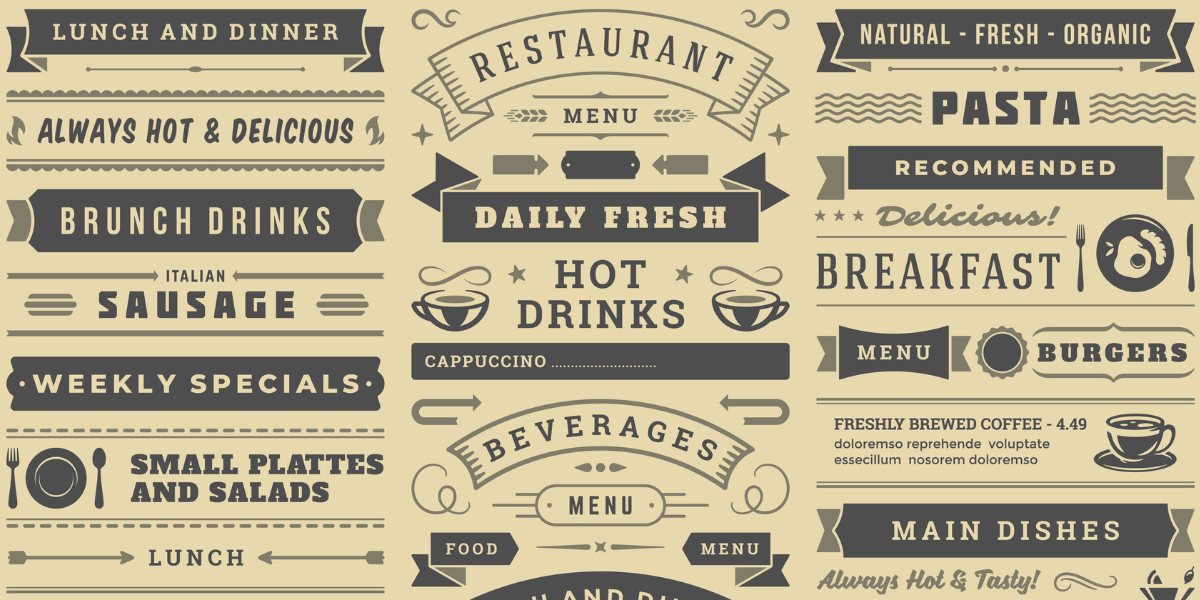You may think you know what you want to eat, but a clever menu can persuade you otherwise. In this article, we explore how insight can give you a greater understanding of engineering your menu to improve spend per head.

What is menu engineering?
Menu engineering is a strategic approach to designing and pricing menus in the restaurant industry. The goal is to maximise profitability by analysing the performance of each menu item and adjusting to improve sales and margins. The testing can also improve the usability of the menu in terms of readability and navigation, improving the customer experience.
Testing a potential new menu before releasing it into restaurants, cafés or bars takes out the guesswork of adjusting pricing or grouping menu items. Insights from previous menus tests and knowledge are often mixed with customer testing to ensure menus are fully optimised.
When should you design a menu?
While a complete menu change might be on the cards due to changing food choices, there are plenty of other reasons why you might want to refresh your menu design. Price changes often call for a reprint, but thinking more holistically about how prices are portrayed is worth considering, as it can influence customers’ attitudes towards the menu. The placement of special offers and categories can also highlight the items you want your customer to choose, without having a detrimental effect on the ordering process.
Quantitative research can test different designs against each other, by asking groups of potential customers what they would order and the reasons why, and what grabs their attention or causes confusion. It is also ideal to find out what attitudes they have towards your menu overall, for instance, if the menu is too cluttered or complicated to understand.

Categorising menu items
Below are the top five findings from our research into menu engineering. Categorisation of menu items can affect spend per head, so making a few tweaks can create a real difference.
- Heavily promoting special offers can harm profitability.
- In our research, placing higher-value categories at top increases spending per head by 4.9%
- Displaying the cheapest items in ascending order within a category makes spend decline by 3.6%
- Not using a monetary symbol can increase spend per head by 3.7%.
- Using images distracts customers and increases order time.
Use insights to boost customer spend
Menus are one of the few ways to convey your offerings to your customers, and even minor tweaks can increase spend per head considerably. Our expert Insight team has been working alongside leading QSR brands to improve customer experience and make every part of the ordering process, including menus, work harder. Contact us today.